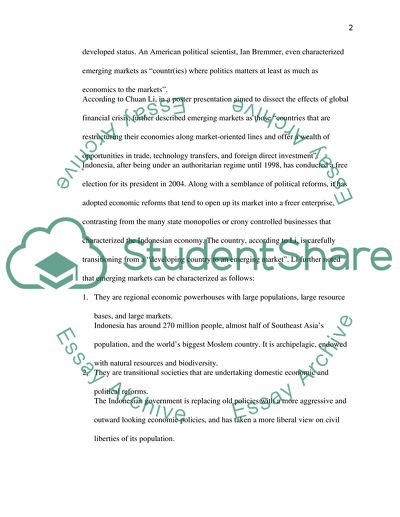Cite this document
(Indonesia - an Emerging Market in Southeast Asia Case Study, n.d.)
Indonesia - an Emerging Market in Southeast Asia Case Study. Retrieved from https://studentshare.org/macro-microeconomics/1729991-emerging-marketing
Indonesia - an Emerging Market in Southeast Asia Case Study. Retrieved from https://studentshare.org/macro-microeconomics/1729991-emerging-marketing
(Indonesia - an Emerging Market in Southeast Asia Case Study)
Indonesia - an Emerging Market in Southeast Asia Case Study. https://studentshare.org/macro-microeconomics/1729991-emerging-marketing.
Indonesia - an Emerging Market in Southeast Asia Case Study. https://studentshare.org/macro-microeconomics/1729991-emerging-marketing.
“Indonesia - an Emerging Market in Southeast Asia Case Study”, n.d. https://studentshare.org/macro-microeconomics/1729991-emerging-marketing.


